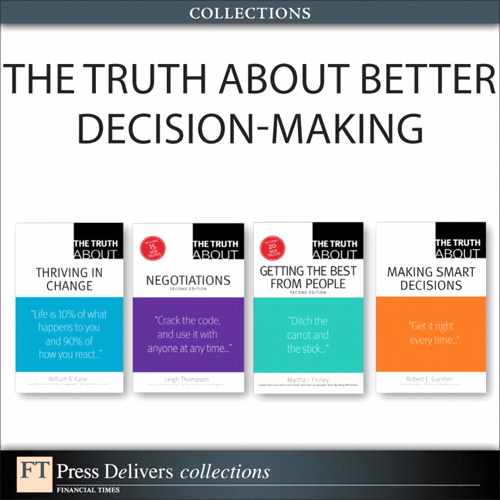Truth 24. Contingent agreements
If logrolling is a Chevy and a postsettlement settlement is a BMW, then a contingent agreement is a Ferrari.
Sometimes negotiators vehemently disagree about a current state of affairs or what can plausibly be expected to happen in the future. Sometimes such disagreements can be resolved by consulting experts or conducting research. However, negotiators often cannot resolve such disagreements because no relevant data exists, or negotiators disagree regarding the data’s relevance or interpretation. In such situations, negotiators can reach resolutions by using contingent contracts.
Contingent contracts are if–then agreements that specify conditions under which specific actions will result in specific outcomes. Smart negotiators use contingent contracts in many, if not most, business negotiations. They do this because contingent contracts open up the possibility of win–win deals; they capitalize on negotiators’ differing views of the world.
Contingent contracts are if–then agreements that specify conditions under which specific actions will result in specific outcomes.
Picture this scenario: The state of California was surprised by an earthquake. Okay, it wasn’t surprised, but it hadn’t planned on an earthquake right then. The Nimitz Bridge had collapsed, preventing the crossing of San Francisco Bay. Bridges were out and lanes knocked akimbo across that part of the state; in addition, sewage and drainage pipes were misaligned. The state needed help—and fast. It would get some federal money, but except by using a maze of makeshift detours, some hundreds of thousands of workers could not commute to work. So, what did the state do? Like any other government bureaucracy, the state shifted into high gear and put out a call for bids to repair damages. This could take forever, right?
However, what the state did that is unusual, and pretty sharp, is that once the lowest bid was landed—and I won’t go into how the system we favor means most things we drive on are built by the lowest bidder—it negotiated a delivery. The state knew that money was important to the contractors and that time was important to the state’s getting back to normal.
The contractor knew the reality of how long it takes to build or repair roads on this scale. But it also had an eye on its bottom line: Show me the money!
So the state negotiated a contingency contract for the delivery of the sum of all repairs needed. It set an aggressive deadline: six months. If the contractor delivered all the repairs on time, it would get a multimillion-dollar bonus. This put both negotiators on the same side of the table. The state wanted the repairs done quickly, and the contractor wanted as much money as it could get.
What they eventually landed on was an agreement with the stated bonus and also penalties if the contractor went over the agreed-upon deadline. The contractor was willing to shoulder the risk of making less money in the face of the opportunity to make much more. And, don’t you know, all those repairs were made on time, well within the deadline. The contractor got its bonus, and traffic was back to normal in the state of California.
Think about a negotiation in which your view of the world was misaligned with the other party’s. Could you have crafted a contingent agreement?
Think now about a time when you had a different risk attitude than your counterparty did. Perhaps you were risk averse and the counterparty was risk tolerant. Might you have crafted a contingent arrangement based on this mismatch? There was one instance in which my husband and I disagreed about whether I would be able to drive back to our house from an appointment in time for him to drive my car to an important event. (For various reasons, we both wanted to use my car.) Because he was much more risk averse than I was in this case, I told him that if I failed to return by a certain time, I would buy and prepare all the food for the dinner party we were hosting the next week, a task we normally would have shared. He took me up on the proposal (which, by the way, I lost).
Another case in which contingent agreements may be used is when negotiators have different time preferences. Some people want immediate payoffs; the counterparty might be more interested in long-term payoffs.
To be effective, contingent agreements should meet three criteria, at minimum: incentive alignment, enforceability, and measurability.
To be effective, contingent agreements should meet three criteria, at minimum: incentive alignment, enforceability, and measurability. First and foremost, continent contracts should not give negotiators an incentive to work at cross-purposes to each other. Rather, contingent contracts should align objectives, as in the case of the California road repair construction. Second, I strongly encourage negotiators to formalize contingent contracts in writing, with appropriate legal counsel. Finally, but still importantly, decide in advance how the terms of the agreement will be measured.
